Conquering Your Musical Blind Spot
 In more beneficial from a career standpoint. By opening yourself up to new artists and new styles, you could be exposing your sound to brand new influences (like Madonna on Justin Timberlake, AC/DC on Kurt Cobain, and Pete Seeger on Bob Dylan) which could take your music to another level altogether. After all, there’s nothing like a little inspiration to help push you toward your goal of publishing music on iTunes.
In more beneficial from a career standpoint. By opening yourself up to new artists and new styles, you could be exposing your sound to brand new influences (like Madonna on Justin Timberlake, AC/DC on Kurt Cobain, and Pete Seeger on Bob Dylan) which could take your music to another level altogether. After all, there’s nothing like a little inspiration to help push you toward your goal of publishing music on iTunes.
When you’re in the music mindset (filled with song writing, long days at the studio, and working hard to publish music on iTunes), it can sometimes be hard to see beyond the blinders.
You’re focused on booking that next great show, you’re working to build your online fan base, and you’re wondering just how long of a drum solo you really need in your current single. But even though you’re busy writing and recording, you should always take time to listen to the music masters who inspired you to get into it all in the first place.
And then you should listen to the artists who you haven’t yet fallen head over heels for – the artists still snugly situated right in the center of your musical blind spot.
Today in our SongCast Spotlight, we’re paying special attention to the musical blind spot – what it is, how you find it, and most importantly, how you conquer it. Let’s start at the beginning:
What is The Musical Blind Spot?
Think of the musical blind spot as the tune equivalent to the zone always just out of eyesight while driving – you know it’s there, but you just can’t seem to see it for what it is. In the music world, this may be a band, an artist, a style, or even an entire genre that you know about, that you’ve heard about, or even listened to…but just haven’t clicked with.
Step 1: Identify
There are a number of reasons to identify and accept your musical blind spot. On an immediate, surface level, you may be missing out on something you could come to love. Though it may have been love at first sight (or listen) with your top music mentors, we’re sure there were albums, artists, and bands you had to hear more than once to truly fall for. And identifying your musical blind spot could be eve
Step 2: Immerse
After you’ve identified your musical blind spot (Keith Urban? Rap? Vampire Weekend?), immerse yourself in it. Listen to different songs, different styles, and different takes on the genre. A good place to start is the very beginning: if your blind spot is a specific artist, start with his or her earliest works. If it’s a genre, start chronologically – obviously, you won’t make it through every song every written, but by bypassing the “hits” you know you’re supposed to love, the pressure will be off and you’ll be able to come to your own opinion.
Step 3: Discover in Broad Strokes
Though you should start in chronological order, the next step is to skip around that artist’s (or genre’s, album’s, etc.) more notable works. Writes Stephen Thompson, editor and reviewer at NPR Music, “I recommend gleaning digestible highlights during a trip down the online rabbit hole of your choice.” A good place to start? YouTube. “YouTube’s algorithm for links it thinks you might like, is often a reasonably solid way to wend your way through key moments in an artist’s catalog.” By browsing with an algorithm like YouTube’s, you’re free to explore similar tracks, albums, and concert videos without spending unnecessary time or money on your musical pursuit.
Whether you’re unsure but intrigued during the opening act at a concert or you find yourself reaching for that dial as soon as a certain genre comes onto your radio – pause for a second. And start immersing yourself in the very sound you haven’t learned to love yet. We promise you’ll be pleasantly surprised.




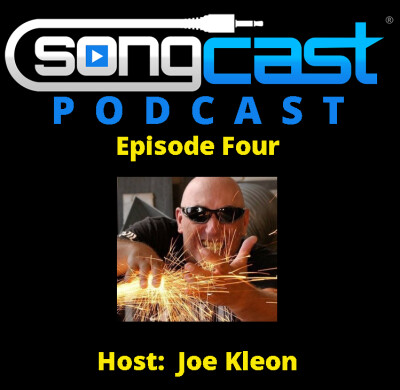


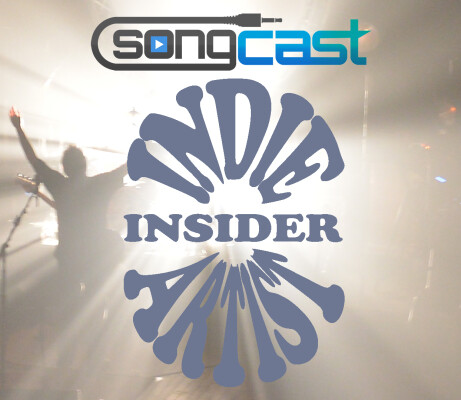

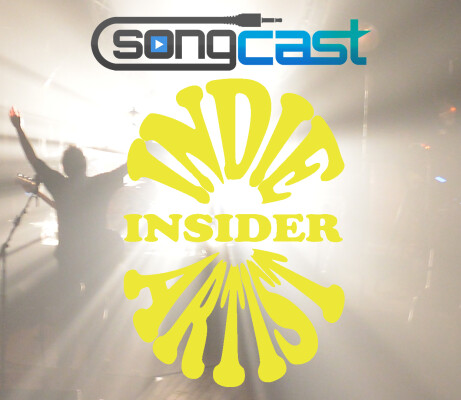
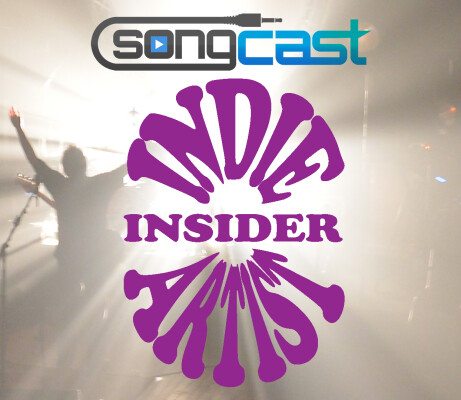
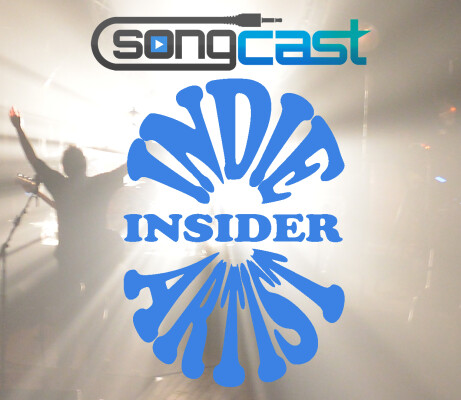
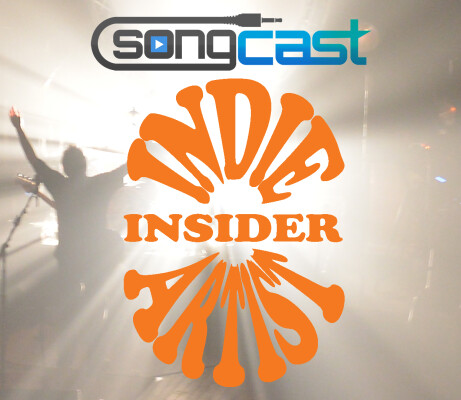


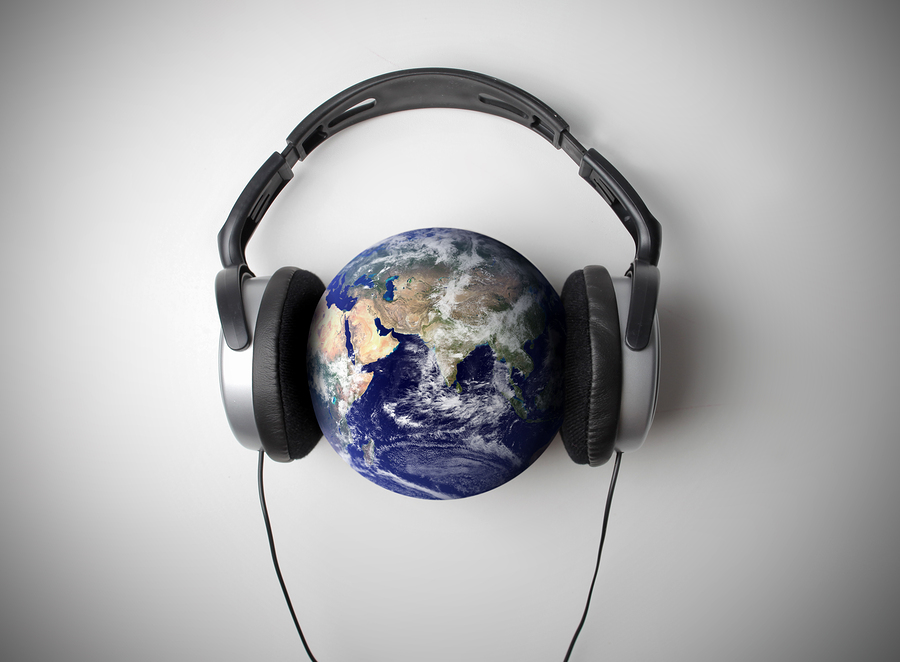
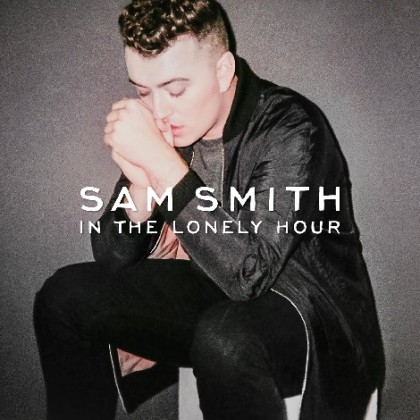
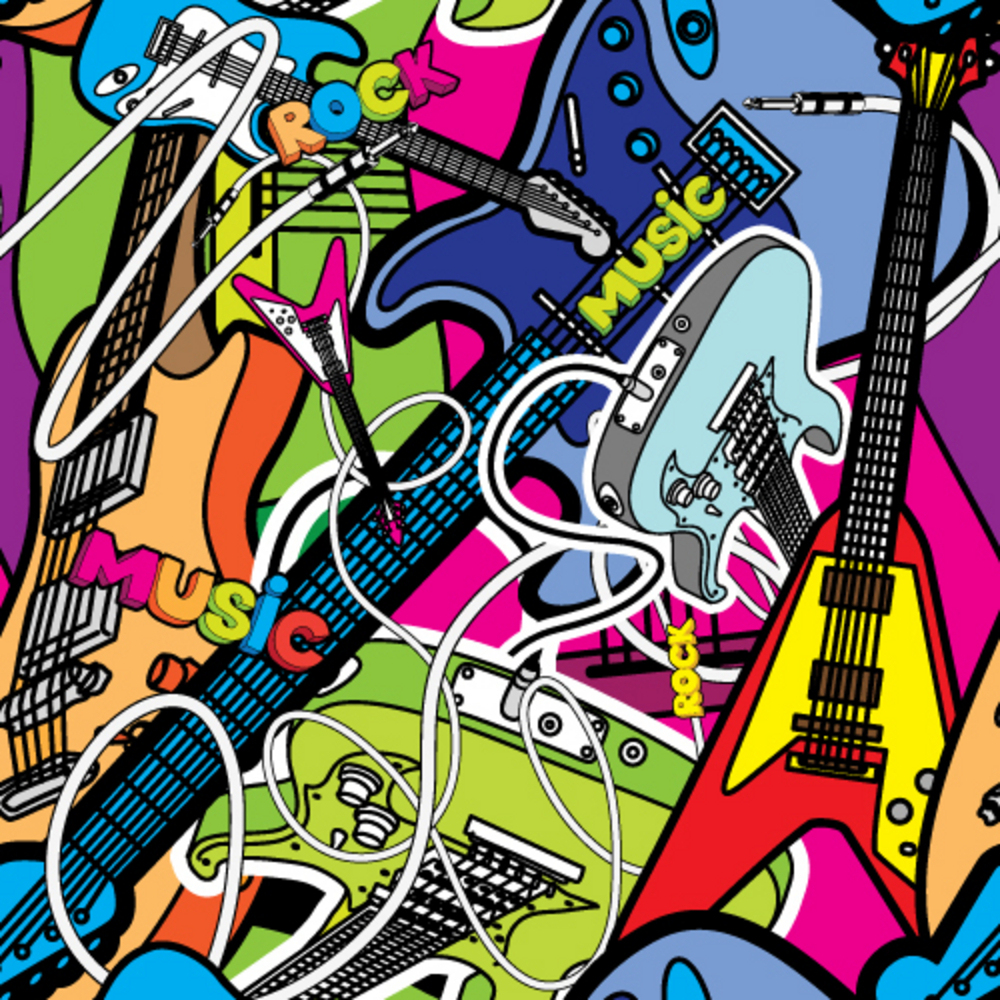






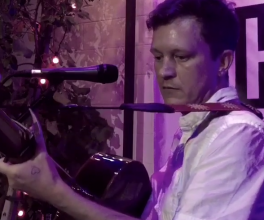
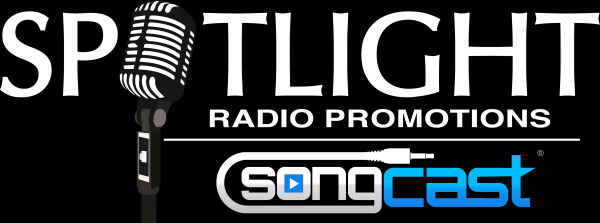
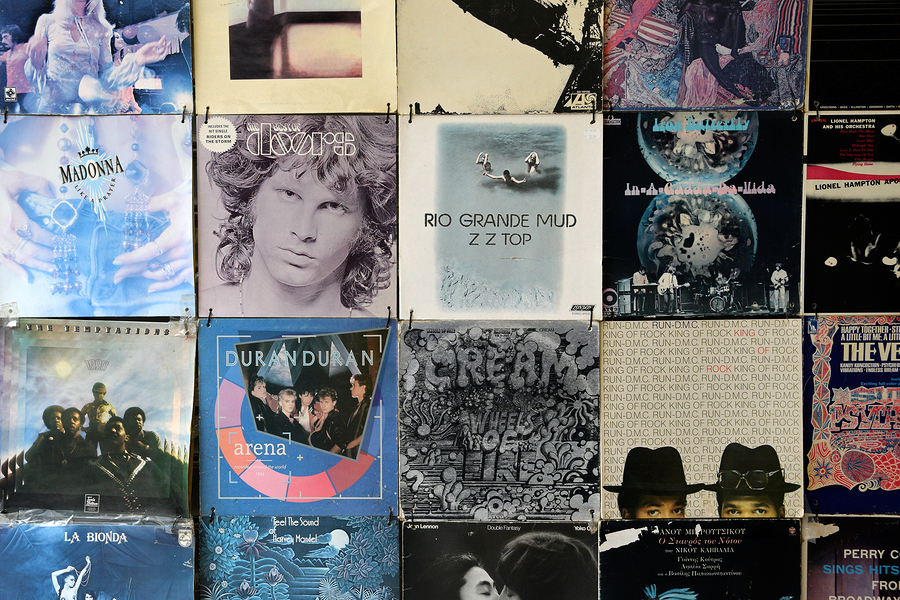




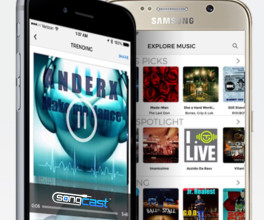

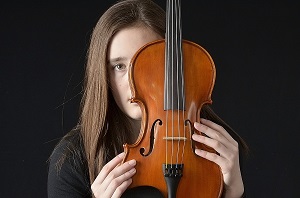

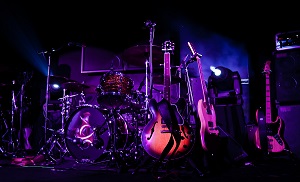

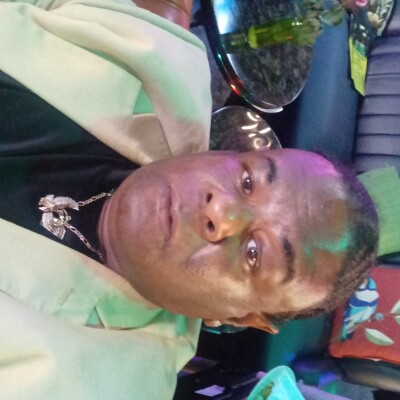
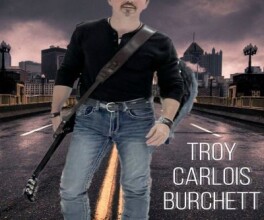
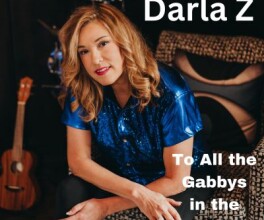
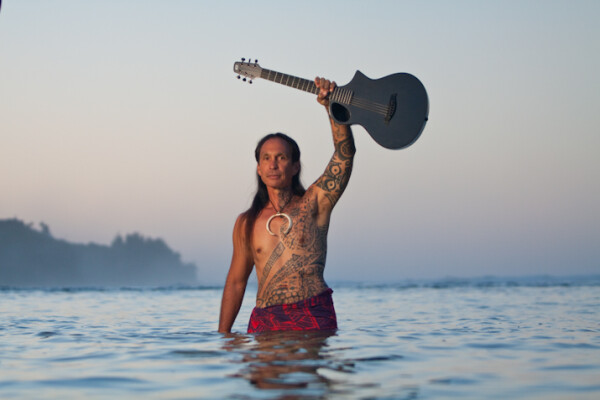
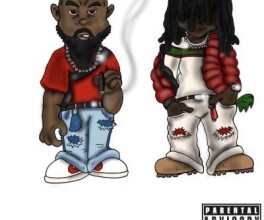
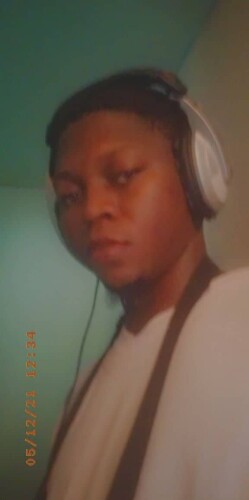
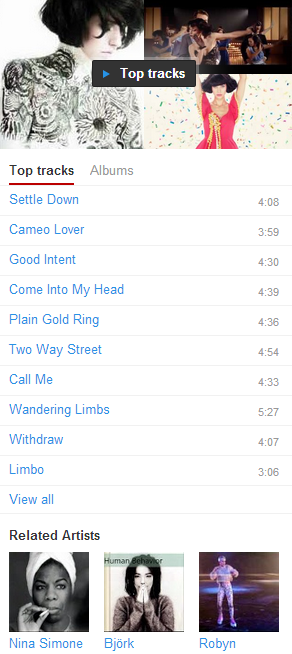
Comments
No comment